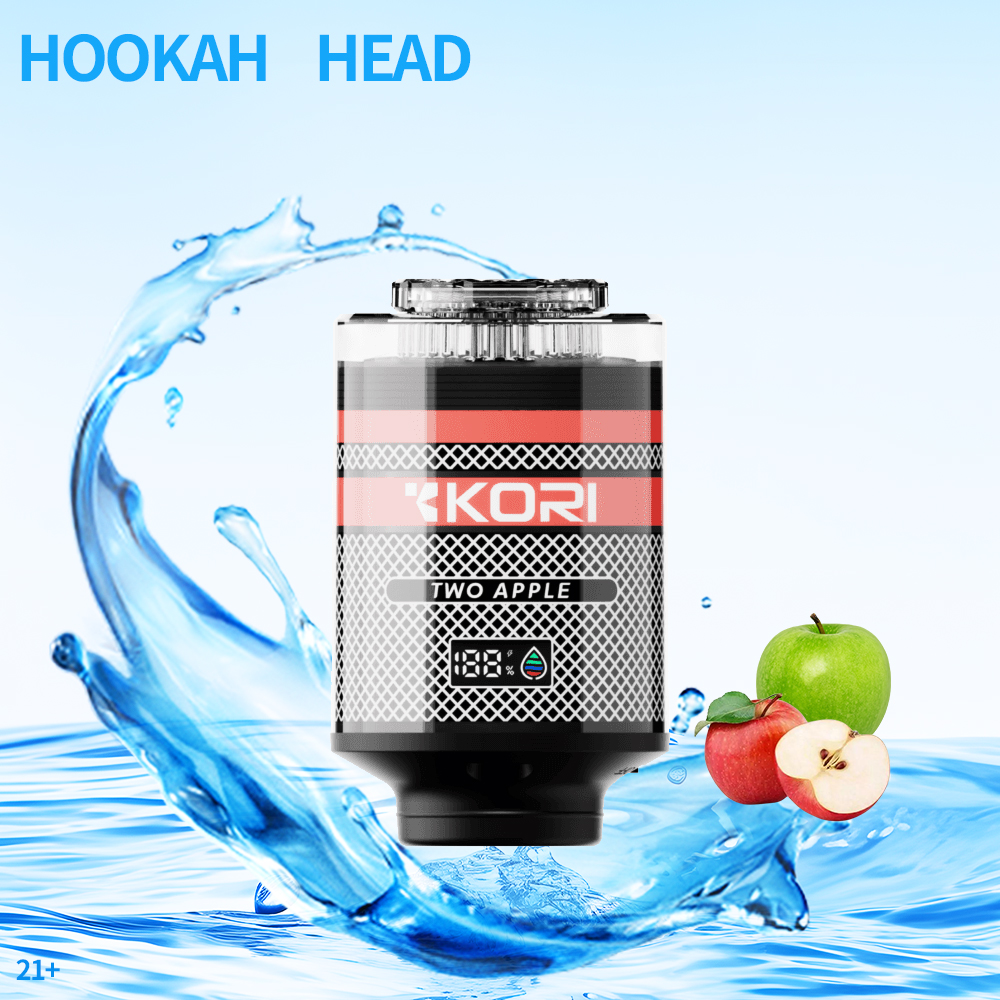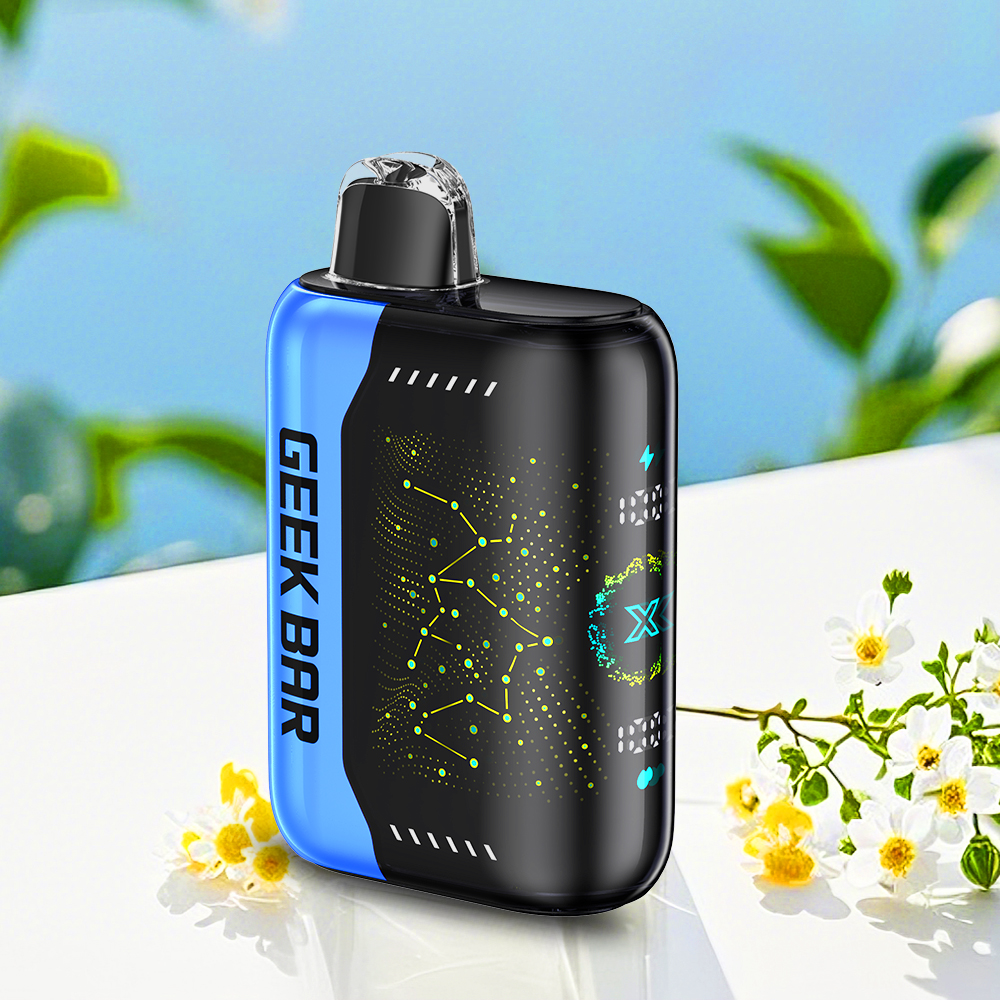The Ultimate Guide to Understanding Vape Shop Profit Margins
As the vaping industry continues to grow, many entrepreneurs are diving into this lucrative market by opening their own vape shops. While the allure of high sales prospects is exciting, understanding and managing profit margins is crucial for sustaining a successful business. This blog post explores the key elements that affect profit margins in vape shops and offers actionable strategies to maximize profitability.
1. What are Profit Margins?
Profit margins refer to the percentage of revenue that exceeds the initial cost of goods sold (COGS). In a retail context, calculating profit margins is essential, as it gives owners a clear view of their financial health. In the vape industry, factors affecting profit margins include product pricing, supplier agreements, operational costs, and customer demographics.
2. Types of Profit Margins
It’s important to differentiate between gross and net profit margins:
- Gross Profit Margin: This is calculated by subtracting the cost of goods sold from total sales revenue and dividing it by total sales revenue. For example, if a vape shop sells $100,000 worth of products, with a COGS of $60,000, the gross profit margin would be 40%.
- Net Profit Margin: This takes into account all expenses, including rent, utilities, salaries, and marketing costs. If the same shop had $30,000 in total operating costs, the net profit margin would be 10%.
3. Factors Influencing Vape Shop Profit Margins
3.1 Cost of Goods Sold (COGS)
The COGS is one of the primary factors affecting profit margins. It includes the purchase price of the vaping products, shipping costs, and any import tariffs. By negotiating better deals with suppliers or opting for bulk purchases, vape shop owners can lower their COGS and improve profit margins.
3.2 Pricing Strategy
Implementing an effective pricing strategy is essential to maintain healthy profit margins. Vape shops can adopt various pricing strategies such as competitive pricing, premium pricing, or discount pricing. Understanding the target market and analyzing competitors can help determine the right approach for pricing products.
3.3 Inventory Management
Overstocking can lead to high holding costs, while understocking can result in lost sales. Efficient inventory management not only helps in reducing waste but also ensures that popular products are always available in-store, which helps optimize sales and profit margins.
3.4 Operating Expenses
These include rent, utilities, staff wages, and marketing costs. Conducting a thorough analysis of these expenses can reveal areas for cost savings. For example, optimizing staff schedules, consolidating suppliers for better deals, and utilizing digital marketing strategies can help reduce overall operating expenses, enhancing net profit margins.
4. Ideal Profit Margins for Vape Shops
While ideal profit margins can vary based on various factors such as location and product offerings, a gross profit margin of 30%-50% is generally advisable in the vape industry. Many successful vape shops aim for a net profit margin of around 10%-15%. However, regional competition and market saturation can impact these figures.
5. Increasing Vape Shop Profit Margins
5.1 Diversifying Product Offerings
Including a range of products such as e-liquids, vape devices, accessories, and even CBD products can attract a broader customer base. This diversification not only increases sales opportunities but also allows for cross-selling, encouraging customers to purchase multiple items in a single visit.
5.2 Building Brand Loyalty
Loyal customers lead to repeat sales. Implementing a loyalty program, offering discounts, and engaging regularly on social media can strengthen relationships with existing customers. The more a customer engages with a brand, the more likely they are to return and recommend it to others.
5.3 Effective Marketing Strategies
Using targeted marketing strategies can help reach potential customers effectively. For example, utilizing social media advertising, collaborating with local influencers, and creating engaging content can increase brand visibility and attract new customers, thereby improving profit margins.
6. The Role of Industry Trends
Vape shop owners should stay updated with industry trends such as new product launches, regulatory changes, and market shifts. For instance, the rising demand for nicotine salts and CBD-infused products present opportunities for higher margins. Keeping an eye on these trends can help shops adapt quickly and capitalize on market demands.
7. Conclusion
Understanding profit margins is fundamental for the success of any vape shop. By managing costs, optimizing pricing strategies, efficiently handling inventory, and staying updated with industry trends, vape shop owners can maximize their profit margins, ensuring both short-term profitability and long-term sustainability in this competitive market.





